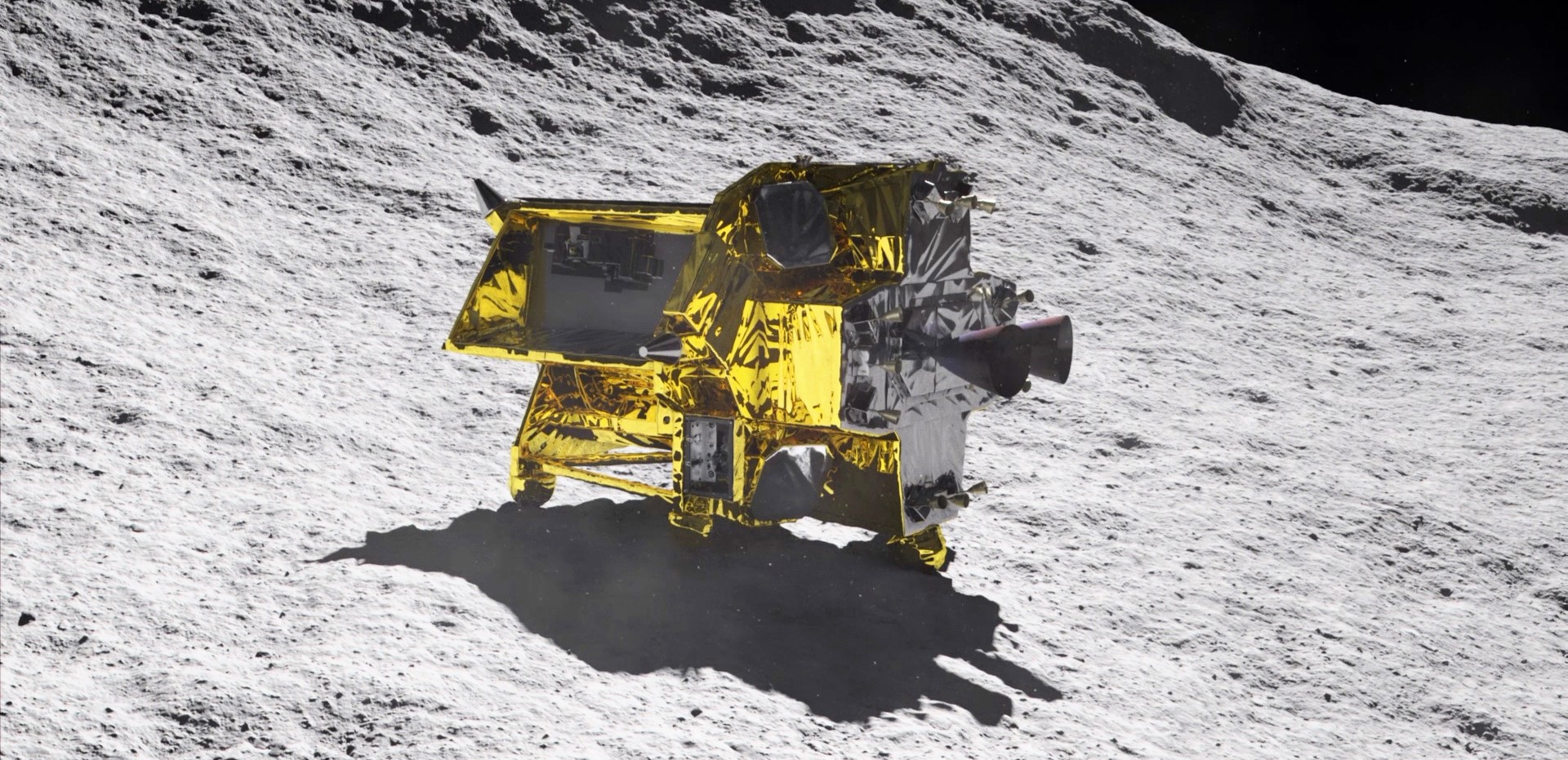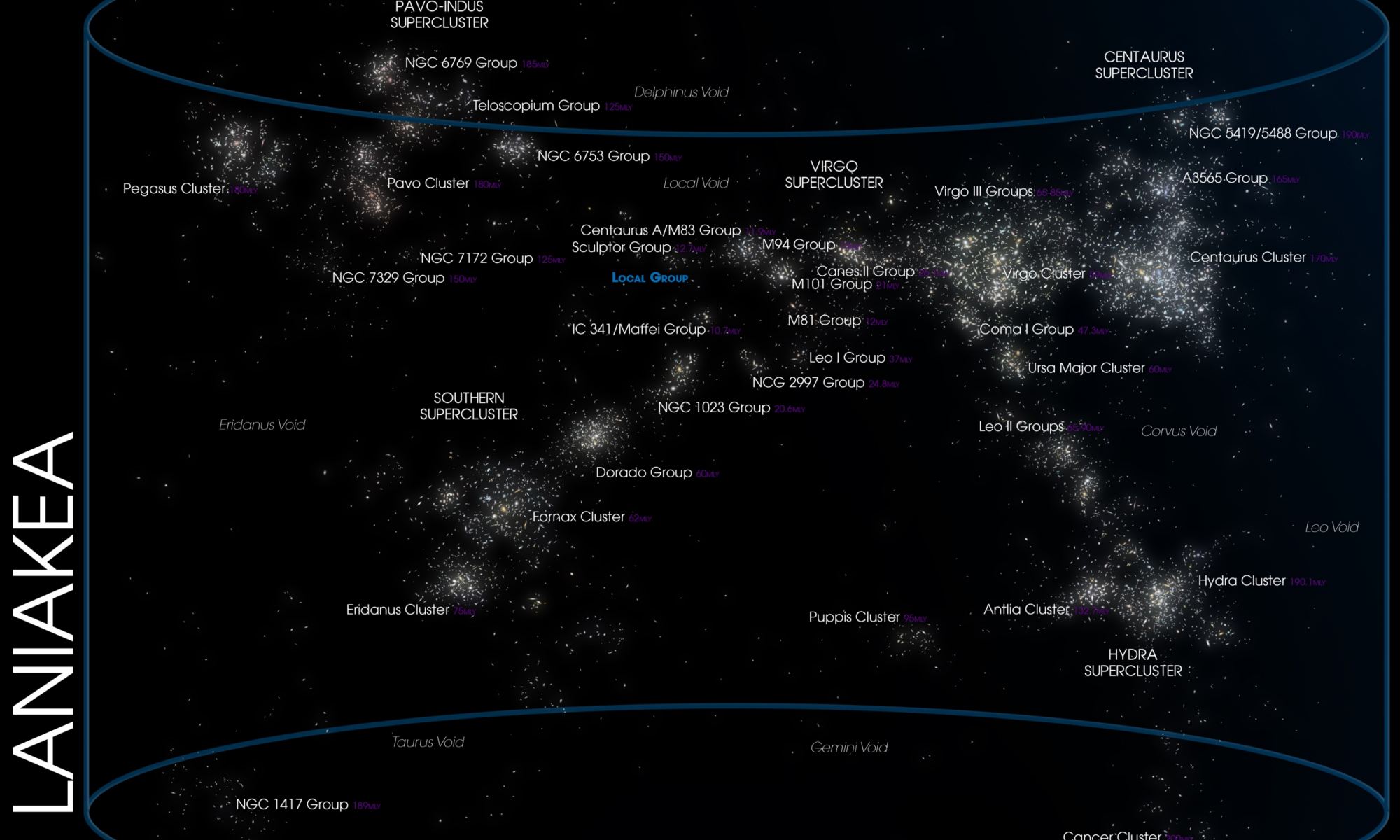One of NASA’s core mission objectives, though not explicitly stated in its charter, is to educate Americans about space exploration, especially students. As part of that mission, NASA hosts a number of challenges every year where teams of students compete to come up with innovative ideas to solve problems. The agency recently announced the next round of one of its standard yearly challenges—the Human Lander Challenge.
Continue reading “NASA Announces the 2025 Human Lander Challenge”NASA Decides to Play it Safe. Wilmore and Williams are Coming Home on a Crew Dragon in February

Astronauts Butch Wilmore and Suni Williams will remain on board the International Space Station until February, returning to Earth on a SpaceX Crew Dragon. NASA announced its decision over the weekend, citing concerns about the safety of the Boeing Starliner capsule due to helium leaks and thruster issues. The troublesome Starliner is slated to undock from the ISS without a crew in early September and attempt to return on autopilot, landing in the New Mexico desert.
NASA said this allows them and Boeing to continue gathering test data on Starliner during its uncrewed flight home, while also not accepting more risk than necessary for the crew.
Continue reading “NASA Decides to Play it Safe. Wilmore and Williams are Coming Home on a Crew Dragon in February”JAXA Officially Wraps Up its SLIM Lander Mission
On January 20th, 2024, the Japan Aerospace Exploration Agency (JAXA) made history when its Smart Lander for Investigating Moon (SLIM) made a soft landing on the Moon, becoming the first Japanese robotic mission to do so. This small-scale lander was designed to investigate the origins of the Moon and test technologies that are fundamental to exploring the low-gravity lunar environment. Unfortunately, mission controllers lost contact with the lander after April 28th, 2024, and have spent the last few months trying to reestablish communications.
Continue reading “JAXA Officially Wraps Up its SLIM Lander Mission”After a Boost from Earth and the Moon, Juice is On its Way to Venus and Beyond

The first spacecraft to use gravity assist was NASA’s Mariner 10 in 1974. It used a gravity assist from Venus to reach Mercury. Now, the gravity assist maneuver is a crucial part of modern space travel.
The latest spacecraft to use gravity assist is the ESA’s JUICE spacecraft.
Continue reading “After a Boost from Earth and the Moon, Juice is On its Way to Venus and Beyond”X-Ray Telescopes Could Study Exoplanets Too
Exoplanets are often discovered using the transit method (over three quarters of those discovered have been found this way.) The same transit technique can be used to study them, often revealing detail about their atmosphere. The observations are typically made in visible light or infrared but a new paper suggests X-rays may be useful too. Stellar wind interactions with the planet’s atmosphere for example would lead to X-ray emissions revealing information about the atmosphere. As we further our exploration of exoplanets we develop our understanding of our own Solar System and ultimately, the origins of life in the Universe.
Continue reading “X-Ray Telescopes Could Study Exoplanets Too”Life Needs Black Holes to Survive

Life is rare, and it requires exactly the right environmental mix to establish itself. And there’s one surprising contributor to that perfect mix: gigantic black holes.
Continue reading “Life Needs Black Holes to Survive”The Big Fringe Telescope. A 2.2 KILOMETER Telescope on the Cheap. And it Can Make Exoplanet “Movies”.
Can a kilometer-scale telescope help conduct more efficient science, and specifically for the field of optical interferometry? This is what a recently submitted study hopes to address as a pair of researchers propose the Big Fringe Telescope (BFT), which is slated to comprise 16 telescopes 0.5-meter in diameter and will be equivalent to a telescope at 2.2 kilometers in diameter. What makes BFT unique is its potential to create real-time exoplanet “movies” like the movies featuring Venus transiting our Sun, along with significantly reduced construction costs compared to current ground-based optical interferometers.
Continue reading “The Big Fringe Telescope. A 2.2 KILOMETER Telescope on the Cheap. And it Can Make Exoplanet “Movies”.”What Makes a Supercluster?
By eye, it’s impossible to pick out the exact boundaries of the superclusters, which are among the largest structures in the universe. But that’s because they are not defined by their edges, but by the common motion of their components.
Continue reading “What Makes a Supercluster?”Neutron Star Mergers Could Be Producing Quark Matter

When neutron stars dance together, the grand smash finale they experience might create the densest known form of matter known in the Universe. It’s called “quark matter, ” a highly weird combo of liberated quarks and gluons. It’s unclear if the stuff existed in their cores before the end of their dance. However, in the wild aftermath a neutron-star merger, the strange conditions could free quarks and gluons from protons and neutrons. That lets them move around freely in the aftermath. So, researchers want to know how freely they move and what conditions might impede their motion (or flow).
Continue reading “Neutron Star Mergers Could Be Producing Quark Matter”Chinese Researchers Devise New Strategy for Producing Water on the Moon

In the coming years, China and Roscosmos plan to create the International Lunar Research PStation (ILRSP), a permanent base in the Moon’s southern polar region. Construction of the base will begin with the delivery of the first surface elements by 2030 and is expected to last until about 2040. This base will rival NASA’s Artemis Program, which will include the creation of the Lunar Gateway in orbit around the Moon and the various surface elements that make up the Artemis Base Camp. In addition to the cost of building these facilities, there are many considerable challenges that need to be addressed first.
Crews operating on the lunar surface for extended periods will require regular shipments of supplies. Unlike the International Space Station, which can be resupplied in a matter of hours, sending resupply spacecraft to the Moon will take about three days. As a result, NASA, China, and other space agencies are developing methods to harvest resources directly from the lunar environment – a process known as In-Situ Resource Utilization (ISRU). In a recent paper, a research team with the Chinese Academy of Sciences (CAS) announced a new method for producing massive amounts of water through a reaction between lunar regolith and endogenous hydrogen.
Continue reading “Chinese Researchers Devise New Strategy for Producing Water on the Moon”




